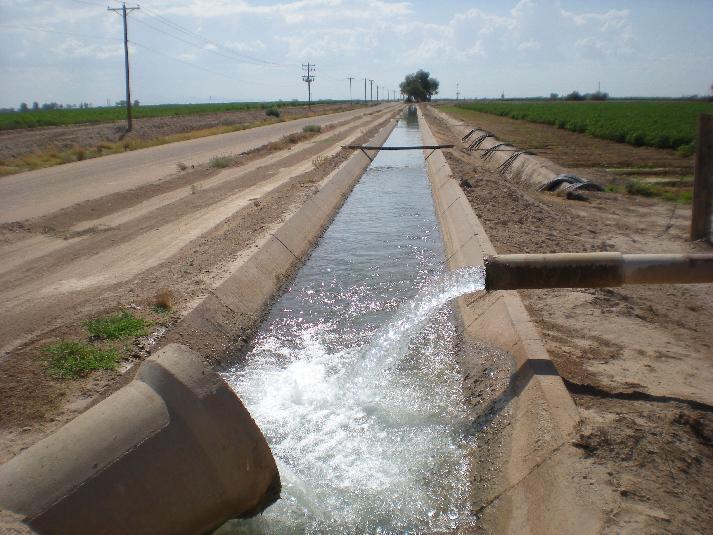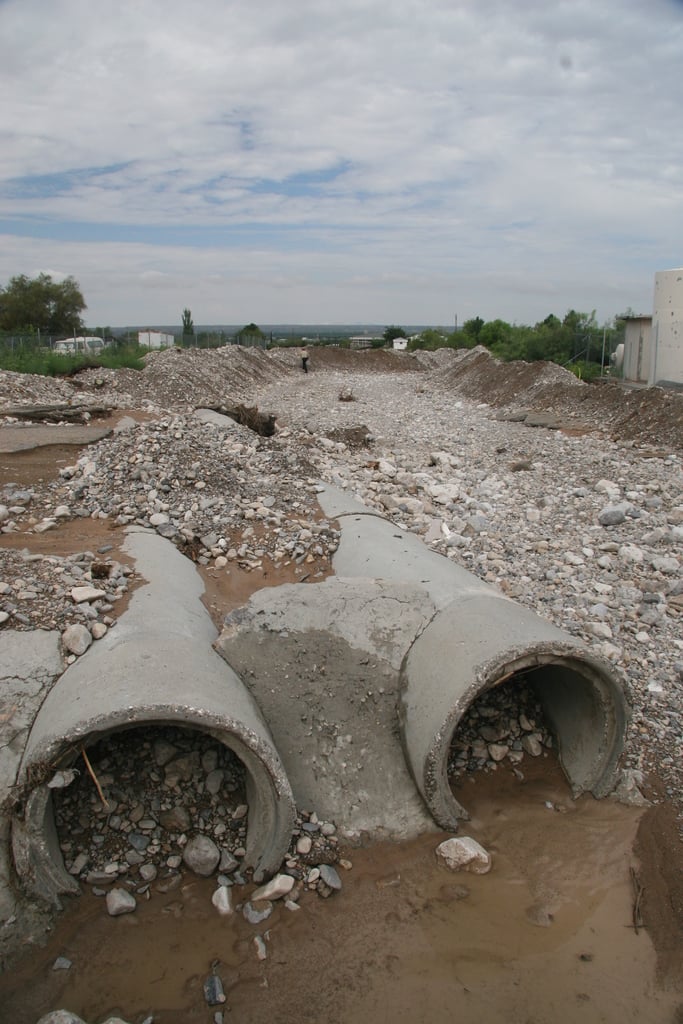

Planning and Development
Michael McElroy
Planning and Development Homepage
Director of Planning and Development
Michael McElroy
Contact Information
Office of Public Works
800 E Overland, Suite 200
El Paso, Texas 79901
Phone: (915) 273-3330
Monday-Friday
8:00 am - 5:00 pm
Useful Links
Road Cut Permit
Driveway Permit
Property Donations
Reporting a Street Light Out EPE
GIS Enterprise
Go-Post
FAQs
View Frequently Asked Questions
Links to Municipalities
City of El Paso
City of Socorro
City of Horizon
City of San Elizario
Town of Anthony
Town of Clint
Village of Vinton
Links to Agencies
BENEFITS OF LOW IMPACT DEVELOPMENT
Low Impact Development (LID) offers numerous advantages for both the environment and local communities. In the context of the Chihuahua Desert, LID strategies can address critical water scarcity issues, improve ecological health, and foster more sustainable development. Below are the six main benefits of LID.

